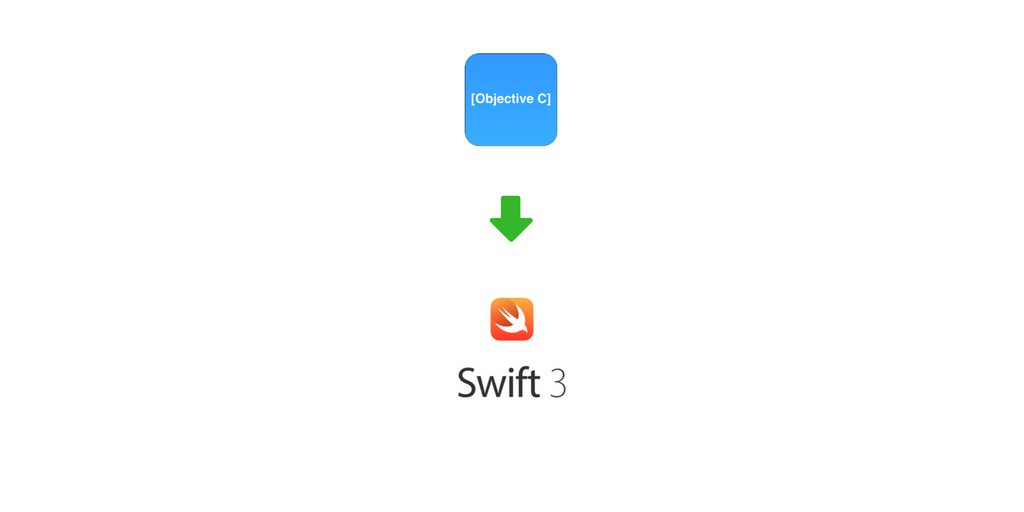If you already have an app that’s been developed in Objective C, migrating it to Swift is by far the right decision, and the right decision is supported by these factors:
If you haven’t investigated Swift yet, know that time will come when this programming language will surpass Objective C. It will also replace it for embedded programming on the Apple platforms. For years to come, Swift is becoming the default language to create responsive and consumer-oriented apps;
- Swift is safer, helping the programmers to code with intention, fixing problems on the run, hence increasing productivity;
- Swift is faster because Apple is dedicated to improving the performance and speed at which Swift can run apps;
- Swift supports dynamic libraries. One of the biggest changes in Swift is making the switch from static to dynamic libraries. Swift can be updated or evolved faster than iOS.
- Swift provides developers with a direct and sure way to adapt and influence a language that will be used to create apps, embedded systems, and wearable devices.
- It has a lot of cool features inspired from different programming languages like Ruby or Javascript, Lua/Go, PHP and many more.
- It is fixing troublesome stuff in Objective C by eliminating pointers, compile-time errors for zero-valued assignments;
- It can be cleanly debugged and can run within the development environment using REPL (read-eval-print-loop).
- Real-time output. REPL is further enhanced by Playgrounds, which are interactive views running within the Xcode environment that respond to code or debugger changes on-the-run.
- Timeline assistant for viewing output more interactively.
- Fast and concise iteration over a range or collection
- Structures that support extensions, methods, and protocols.
- Functional programming patterns.
- Knowing these factors, we can easily point out the conclusion that Swift is way better than Objective C because it’s safer, faster, more expressive and even more fun to work with. We don’t want to talk less about Objective C, but in light of the new tech advancements, it’s kind of time to let go of Objective C, even if it’s as it is very efficient, too.
If you already have an app written in Objective C, it’s time to decide if you want to experiment with Swift or use it on a full-time basis. It has many features designed to make your code be more reliable. Objective-C and Swift have very different programming paradigms and the conversion requires a high level of expertise.
We will not migrate all your code into Swift at once, but one class at a time. We also want to see how some classes written in Swift are communicating with the ones written in Objective C. There is also the fact that a Swift array requires some definite element type. It helps us get your Swift code correctly, simply because of the nature of the Swift language.
Make the right decision and move to Swift’s latest changes and rejoice in having an app for your business that can fulfill your dream. Just remember this, if you are writing a new app, use Swift from the start.




